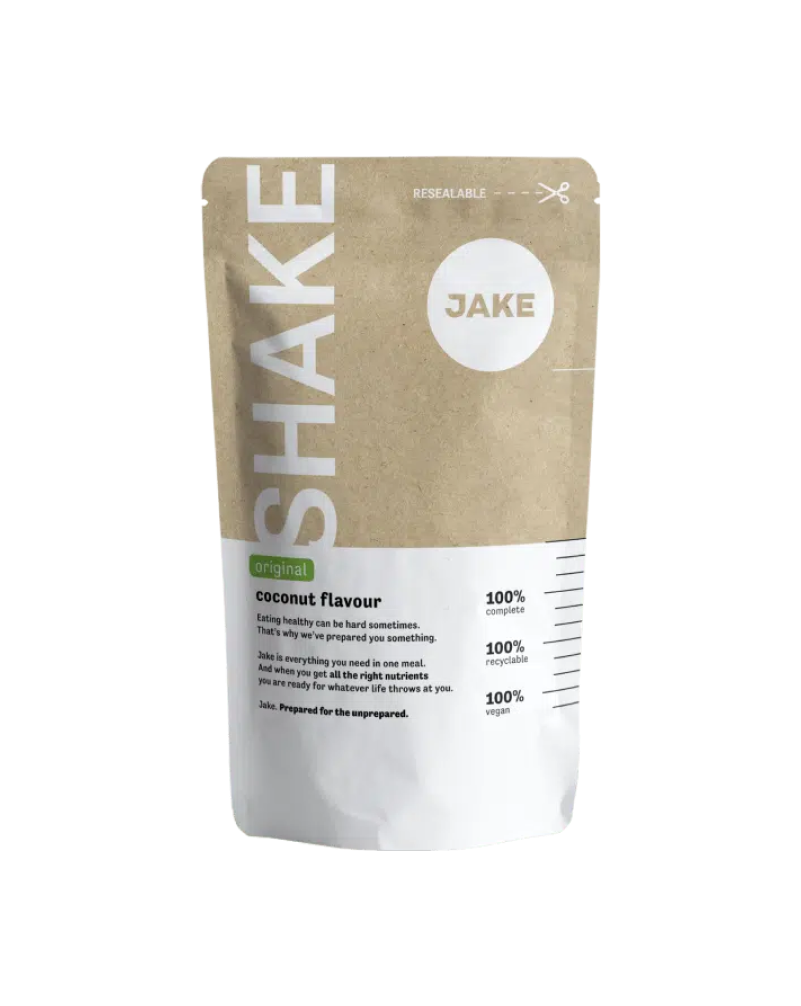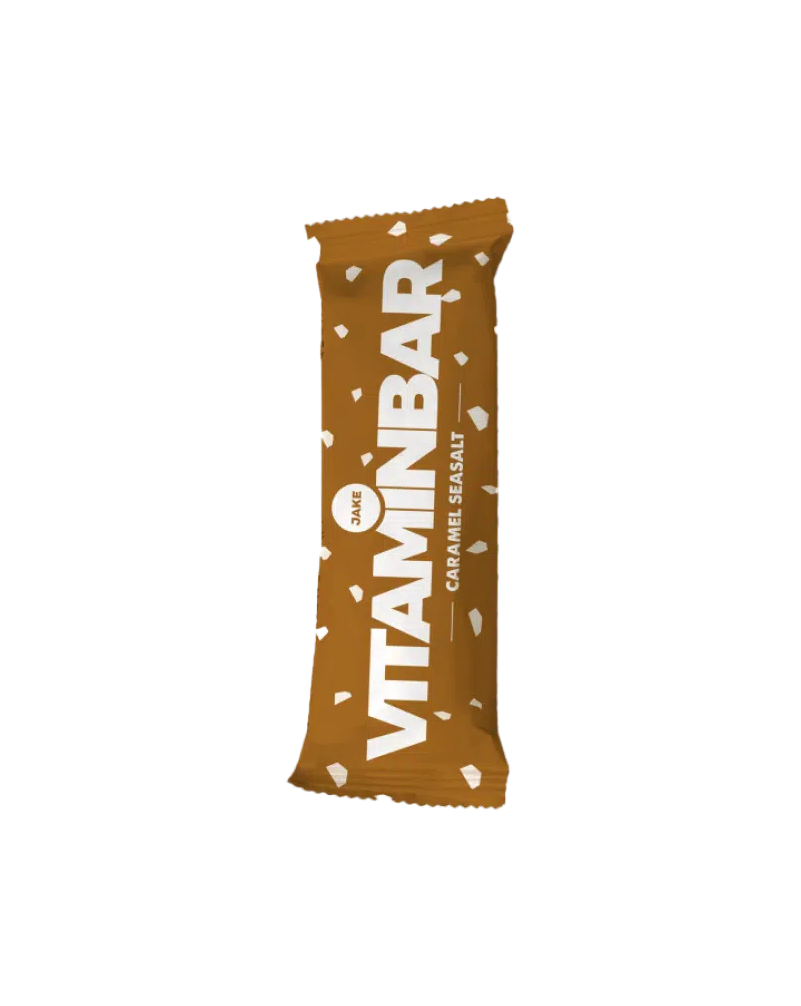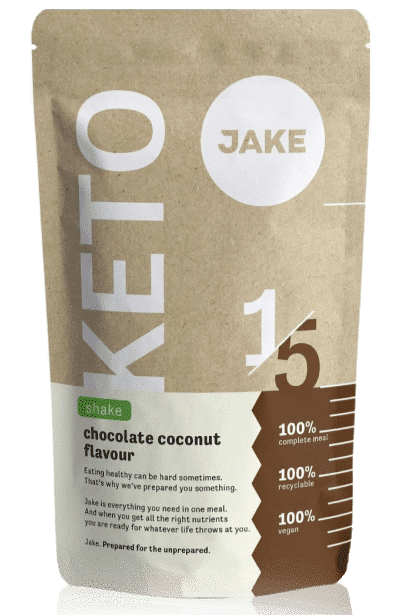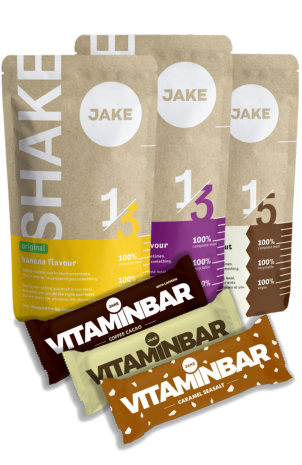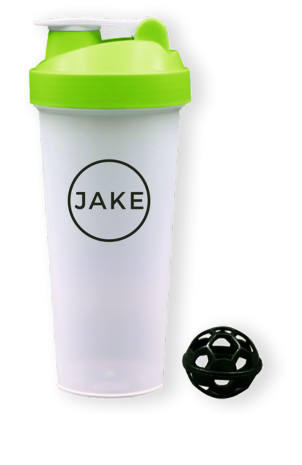6-minute read•July 19th, 2018
You probably know that milk contains calcium and you might have even heard that calcium is good for your bones. But did you know that calcium is also in foods like seaweed or Jake Original meal replacement shakes and it keeps much more than just your bones healthy? Well, it’s the most abundant mineral in your body for good reason. Let’s get to know it better.
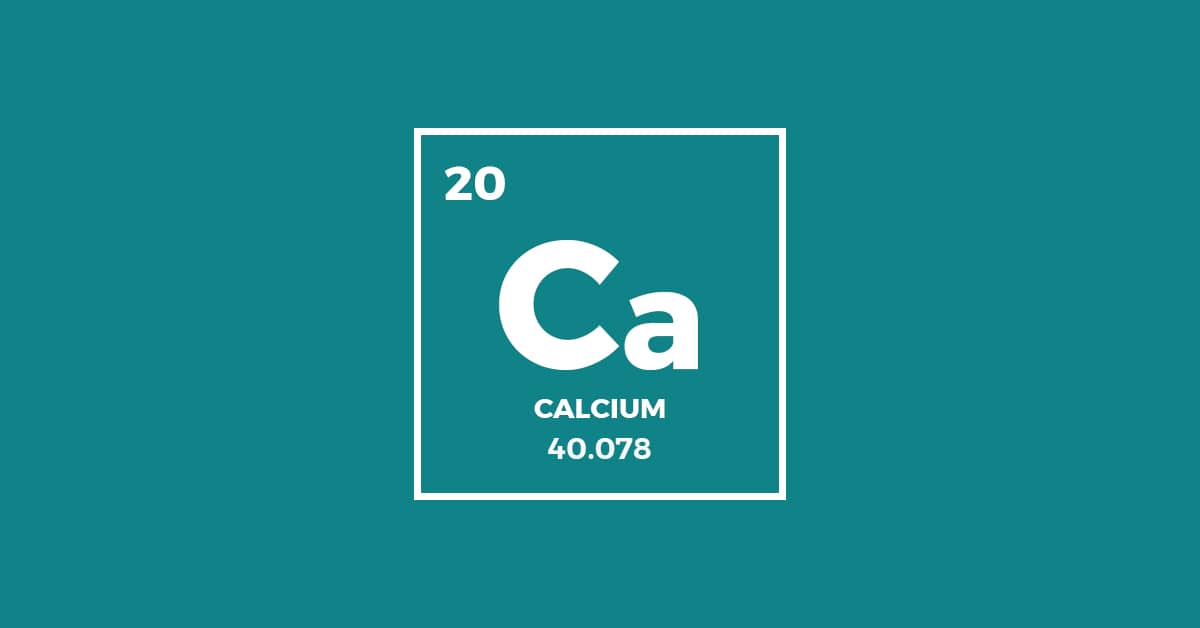
Short on time?
Best known for: Keeping your bones and teeth healthy.
Good sources: Milk and dairy products. Also found in some fish and vegetables, including kale and Chinese cabbage.
Recommended dietary allowance (RDA): 950 mg/day (for men); 750 mg/day (for women). The maximum intake unlikely to cause adverse effects is set at 2.5g/day.
Good to know: Grains, seeds, legumes and nuts contain phytic acid, which prevents the absorption of calcium. Eating these foods alone or with other calcium sources can affect your calcium intake.
Calcium in Jake:
Jake Light and Original: 33% of RDA
Jake Sports: 25% of RDA
Vitaminbars: 25% of RDA
What is calcium?
Calcium is the most plentiful mineral in the human body, comprising between 1- 2kg of an average person’s weight. Around 99% of this amount is stored in your bones and teeth. The rest is in your blood. The concentration of calcium in your blood is tightly regulated and isn’t directly affected by sudden increases or decreases of your calcium intake.
As a food supplement, calcium is mostly available in two forms: as calcium carbonate and as calcium citrate. Both have the same function in your body and only differ in the way they are absorbed. Calcium carbonate is better absorbed when taken together with food, whereas calcium citrate is equally well absorbed alone as when taken with other nutrients.
Health benefits of calcium
One of calcium’s main functions is the formation and maintenance of our bones. It’s also involved in processes such as cell signalling, muscle contraction and blood clotting.
The key functions of calcium in your body are:
- Formation and remodelling of bones and teeth: Calcium is an integral part of bones and teeth, giving them strength and rigidity. It is crucial for bone remodelling, the lifelong process of replacing mature bone tissue with new bone tissue.
- Normal functioning of nerve cells: Calcium activates enzymes that are responsible for intracellular communication.
- Calcium has a beneficial effect on the heart muscle
- Blood coagulation (clotting): The process of transforming blood from a liquid to a gel as a start of the healing process after injury.
How much calcium do you need?
Healthy adult men need 950 mg of calcium per day. For women, the required calcium intake is 750 mg per day. During pregnancy and lactation, women between the age of 18 and 24 are advised to increase their calcium intake to 860 mg per day.These amounts reflect the recommended dietary allowance (RDA) set by the European Food Safety Authority (EFSA). In practice, all the calcium you need in a day fits in a big jar of yoghurt. Or 14 oranges, if you prefer.
Calcium in foods
Calcium is mostly associated with milk and other dairy products. And with good reason – they are the richest sources of calcium. Other foods rich in calcium include dark leafy vegetables, legumes and fish with soft bones, like sardines. This makes sense, as a good part of these bones are in fact made up of calcium.
Here are the best sources of calcium:
| Food | RDA (%)* | Calcium (mg) |
|---|---|---|
| Yoghurt, low fat (225 g) | 44% | 415 |
| Mozzarella (42 g) | 35% | 333 |
| Sardines, canned in oil, with bones (85 g) | 34% | 325 |
| Milk, whole (225 ml) | 29% | 276 |
| Chinese cabbage (100 g) | 8% | 74 |
* Based on the recommended dietary allowance (RDA) established by EFSA for healthy adult men (950 mg/day).
Some vegetables contain compounds that can affect the consumption rate of calcium. For example, almonds are a source of calcium, but they also contains phytic acid which prevents the absorption of calcium. If you consume almonds together with milk, phytic acid will affect the absorption of calcium from both almonds and milk. This means that you could end up absorbing much less calcium from that meal than you think.
If you have a varied diet, you shouldn’t worry too much about phytic acid. However, if foods rich in phytic acidAll edible seeds, grains, legumes and nuts contain phytic acid. have a central place in your diet, there are some things you can do to offset the potential negative impact on your calcium absorption. For example, you can let beans soak and sprout before consuming them. Cooking also helps, as heat destroys a small amount of phytic acid. Another trick is to include probacteria lactobacilli in your diet – it prevents phytic acid from binding with calcium and enables its absorption.
As you get older, you start losing bone mass. Getting enough calcium and vitamin D from childhood through to early adulthood can help delay that process. Starting when you’re a child, your bone mass grows actively, reaching its peak at about the age of 30. The greater your bone mass at that point, the longer it will take for serious bone loss to occur with aging.
What if you’re not getting enough calcium?
Serious calcium deficiency is not very common, as your bones provide a big storage of calcium to compensate for short-lived low intakes. So, if you’re getting less calcium than you need, you’ll probably not notice it right away.
The following groups are at a high risk of calcium deficiency:
- Vegans and vegetarians: Vegans are more vulnerable to calcium deficiency than most vegetarians, as they exclude all animal products from their diet. Although certain vegetables pack quite some calcium, they may also contain compounds like phytic acid, which prevents the calcium from being absorbed. Vegetarians who don’t eat dairy products also have an increased risk of calcium deficiency. Appropriate supplementation can help in these cases.
- Postmenopausal women: The production of the hormone oestrogen is decreased during menopause, which affects the absorption of calcium. An increased calcium intake can only partially neutralise this effect. In some cases, hormone replacement therapy with oestrogen can help prevent bone fractures and osteoporosis.
- People with lactose intolerance: As they are likely to avoid dairy products, lactose-intolerant people have a higher risk of calcium deficiency than the general population.
How much calcium is too much?
An intake slightly above the RDA can cause constipation as well as flatulence and bloating. If excessively high amounts of calcium are ingested over time, consequences can be more severe, ranging from kidney damage to vascular calcification and, in some cases, kidney stones.
To stay on the safe side, it is advised to stick to the tolerable upper intake level (UL) of 2.5 grams/ day.
To avoid excessive calcium consumption, it’s important also to keep an eye on your vitamin D intake. If you’re taking vitamin D supplements in excess, it will increase calcium absorption and might lead to a calcium overload.
Take-aways
The three key things to remember about calcium are:
- Calcium is needed for the maintenance of normal bones. It also helps your heart and nerve cells are functioning properly.
- Calcium is found not only in milk and dairy products, but also in some fish and vegetables.
- If you’re vegan or vegetarian, you’re likely to be at a higher risk of calcium deficiency. Appropriate supplementation can help prevent consequences for your health.
Afraid to miss out on essential nutrients your body needs? You can always take our Jake meal replacement shakes or one of our delicious meal replacement bars.

